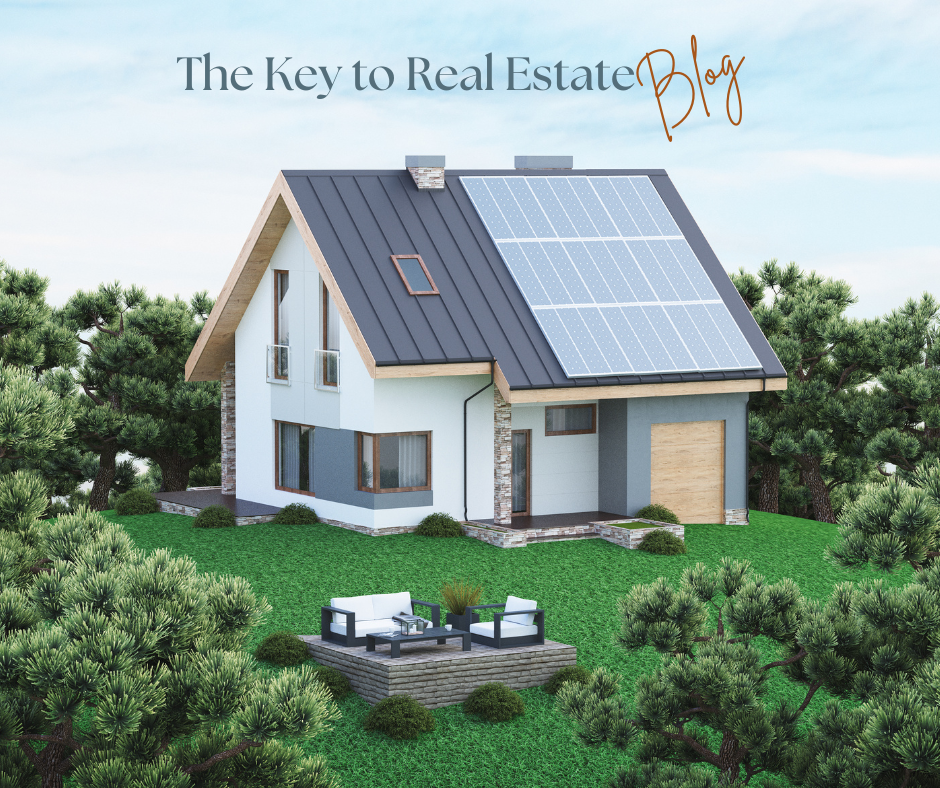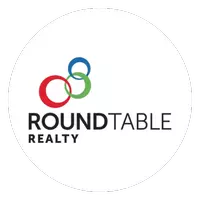Eco-Friendly Home Trends Gaining Popularity in 2025

As environmental awareness continues to grow, eco-friendly living has become more than a trend—it’s a lifestyle choice. In 2025, homeowners and buyers are prioritizing sustainable features that reduce environmental impact, lower utility costs, and enhance overall wellbeing. Here are the top eco-friendly home trends gaining momentum this year.
1. Energy-Efficient Smart Homes
The integration of smart technology with energy efficiency is revolutionizing homes in 2025. Smart thermostats, lighting systems, and appliances that optimize energy usage are becoming standard. Homeowners are increasingly drawn to features like solar-powered smart devices and systems that allow them to monitor energy consumption in real-time.
2. Solar Energy Integration
Solar panels have moved beyond a luxury feature to a practical and accessible option for homeowners. Advances in technology have made solar systems more efficient and affordable, and many homes are adopting solar roofs that blend seamlessly into the home’s design. Battery storage systems, like Tesla’s Powerwall, are also gaining popularity for storing energy to use during peak times or outages.
3. Sustainable Building Materials
In 2025, sustainable materials are in high demand for both new builds and renovations. Recycled steel, reclaimed wood, bamboo flooring, and low-VOC (volatile organic compound) paints are being used to create healthier, more environmentally conscious homes. Builders are also incorporating materials like cork and hempcrete for their durability and insulation properties.
4. Water Conservation Innovations
Water-efficient homes are a top priority as climate change intensifies water scarcity in many regions. Features like low-flow toilets, water-efficient faucets, and greywater recycling systems are becoming must-haves. Smart irrigation systems that monitor soil moisture and weather patterns are also helping homeowners reduce water waste in their gardens and landscapes.
5. Green Roofs and Living Walls
Green roofs and living walls are more than just eye-catching—they improve air quality, provide insulation, and reduce energy costs. In urban and suburban areas, these features are becoming a statement of eco-conscious living, offering aesthetic appeal while supporting biodiversity and managing stormwater runoff.
6. Home Electrification
With the transition away from fossil fuels, home electrification is a key trend. Homeowners are replacing gas-powered appliances with electric alternatives like induction cooktops, heat pump water heaters, and electric fireplaces. Pairing these with renewable energy sources, such as solar, creates a fully electric, sustainable home.
7. Passive Design and Net-Zero Homes
Passive home design focuses on maximizing natural light, ventilation, and insulation to reduce the need for artificial heating and cooling. This trend is merging with the rise of net-zero homes, which produce as much energy as they consume. Features like triple-glazed windows, advanced insulation, and airtight construction are making these homes more achievable for a broader range of buyers.
8. Composting and Waste Reduction Systems
Sustainability extends to waste management, with many homes adopting composting systems for organic waste. Integrated compost bins in kitchens and outdoor compost stations are making it easier for homeowners to reduce landfill contributions while enriching their gardens. Recycling centers within homes are also becoming a popular feature.
9. Biophilic Design
Biophilic design connects people to nature through architecture and interiors. Homes in 2025 are incorporating natural elements such as indoor gardens, large windows with views of greenery, and materials like stone and wood. This trend promotes mental wellbeing while creating a calming, eco-friendly living environment.
10. Electric Vehicle (EV) Charging Stations
As electric vehicle ownership grows, EV charging stations are becoming a sought-after home feature. Whether installed in garages or driveways, these stations provide convenience and align with a sustainable lifestyle. Solar-powered EV chargers are especially appealing to eco-conscious homeowners.
11. Rainwater Harvesting Systems
Rainwater harvesting systems are gaining popularity for their ability to reduce water bills and conserve resources. These systems collect and store rainwater for use in irrigation, cleaning, or even flushing toilets. They’re particularly effective in areas prone to water restrictions.
12. Minimalist, Low-Waste Homes
Minimalism continues to resonate with homeowners looking to reduce waste and live more sustainably. Tiny homes, modular designs, and multi-functional spaces are on the rise. These homes often feature energy-efficient layouts and sustainable materials, appealing to those who value simplicity and eco-friendliness.
Eco-friendly home trends in 2025 reflect a growing commitment to sustainability, innovation, and health-conscious living. From energy-efficient smart technologies to sustainable building materials and biophilic design, these trends are shaping the future of housing. Whether you’re building, buying, or renovating, incorporating these features will not only reduce your environmental footprint but also increase your home’s value and livability.
Ready to explore eco-friendly homes or incorporate these trends into your current property? Let’s work together to make your home both sustainable and stunning!
Recent Posts










